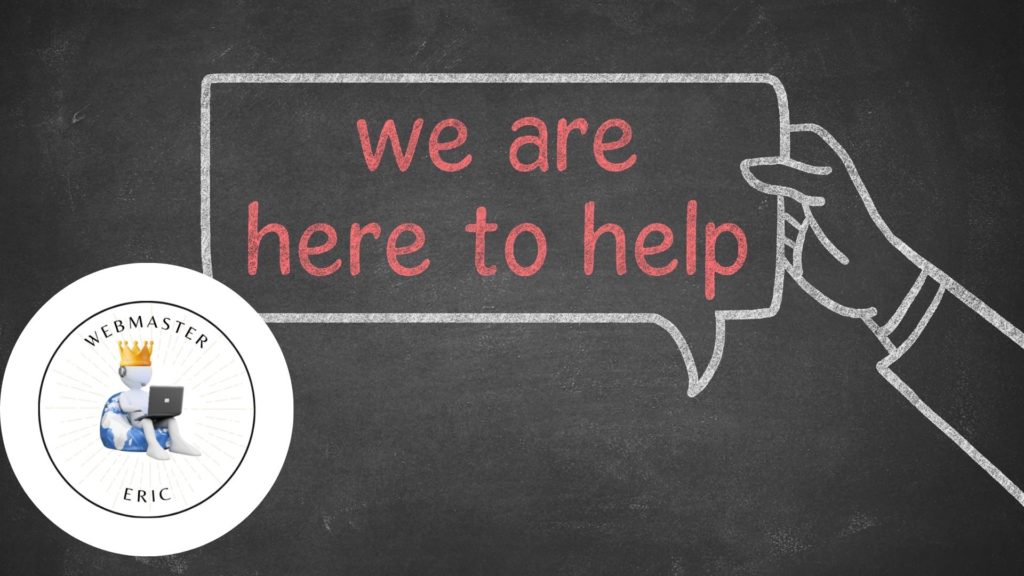
Creating a website is an exciting journey. It allows you to share your ideas, products, or services with the world. Whether you’re building a personal blog, a business site, or an online portfolio, understanding the basics of website development is crucial. This article will guide you through the process in simple terms.
What is Website Development?
Website development is the process of creating a website. It involves several steps, from planning and designing to coding and launching. A website is a collection of web pages that people can access on the internet. These pages can contain text, images, videos, and other media.
Why Create a Website?
There are many reasons to create a website:
- Share Information: A website allows you to share information with a global audience.
- Promote a Business: Businesses use websites to showcase their products or services.
- Build a Brand: A website helps establish and reinforce your brand identity.
- Connect with Others: Websites can help you connect with people who share your interests.
Steps to Develop a Website
1. Plan Your Website
Before you start building your website, it’s important to plan. Think about:
- Purpose: What do you want your website to achieve? Is it to inform, sell, or entertain?
- Audience: Who will visit your website? What are their needs and interests?
- Content: What information will you include? This could be text, images, or videos.
2. Choose a Domain Name
A domain name is your website’s address on the internet. It’s what people type into their browser to find your site. Choose a name that is:
- Easy to Remember: Make sure it’s simple and easy to spell.
- Relevant: It should relate to your content or brand.
- Unique: Ensure it’s not already in use by someone else.
3. Select a Web Hosting Provider
Web hosting is a service that stores your website’s files and makes them accessible online. When choosing a provider, consider:
- Reliability: Look for a provider with a good track record of uptime.
- Support: Choose one that offers customer support in case you need help.
- Cost: Compare prices to find a plan that fits your budget.
4. Design Your Website
Design is an important part of website development. A well-designed site is easy to use and looks good. Consider:
- Layout: Organize your content in a clear and logical way.
- Colors: Use colors that match your brand and are easy on the eyes.
- Fonts: Choose readable fonts and make sure text is easy to read.
5. Build Your Website
There are different ways to build a website:
- Website Builders: Tools like Wix or Squarespace let you create a site without coding.
- Content Management Systems (CMS): Platforms like WordPress offer more flexibility and control.
- Custom Development: For more complex sites, you might need to hire a developer.
6. Add Content
Content is what fills your website. It should be engaging and relevant to your audience. Consider:
- Text: Write clear and concise text that communicates your message.
- Images: Use high-quality images to make your site more appealing.
- Videos: Videos can help explain complex ideas or showcase products.
7. Test Your Website
Before launching, test your website to make sure everything works. Check:
- Links: Ensure all links lead to the correct pages.
- Forms: Test forms to make sure they submit correctly.
- Loading Speed: Make sure your site loads quickly on all devices.
8. Launch Your Website
Once you’re happy with your site, it’s time to launch. Announce it to your audience and start promoting it.
Promoting Your Website
1. Search Engine Optimization (SEO)
SEO helps your website appear in search engine results. Key practices include:
- Keywords: Use relevant keywords in your content.
- Meta Tags: Add meta tags to describe your site’s content.
- Quality Content: Create valuable content that attracts visitors.
2. Social Media
Social media is a great way to promote your website. Share your content on platforms like Facebook, Twitter, and Instagram to reach a wider audience.
3. Email Marketing
Email marketing helps you connect with your audience. Send newsletters or updates to keep them informed about your site.
Conclusion
Creating a website is an exciting process that allows you to share ideas, products, or services globally. Website development involves planning, designing, coding, and launching a site, which can be a personal blog, business site, or online portfolio.
The key steps include planning your website’s purpose, audience, and content; choosing a memorable and relevant domain name; selecting a reliable web hosting provider; designing an easy-to-use and visually appealing site; building the site using tools like website builders, CMS, or custom development; adding engaging content; testing for functionality; and finally launching the site.
Promoting your website involves using SEO to improve search engine visibility, leveraging social media to reach a broader audience, and employing email marketing to maintain audience engagement.



